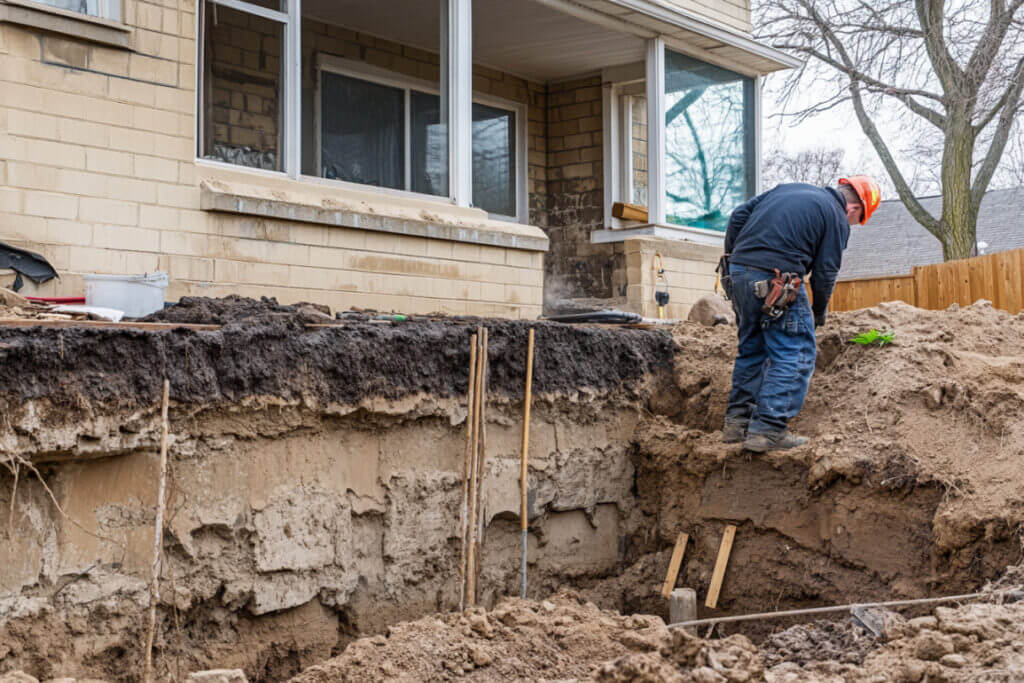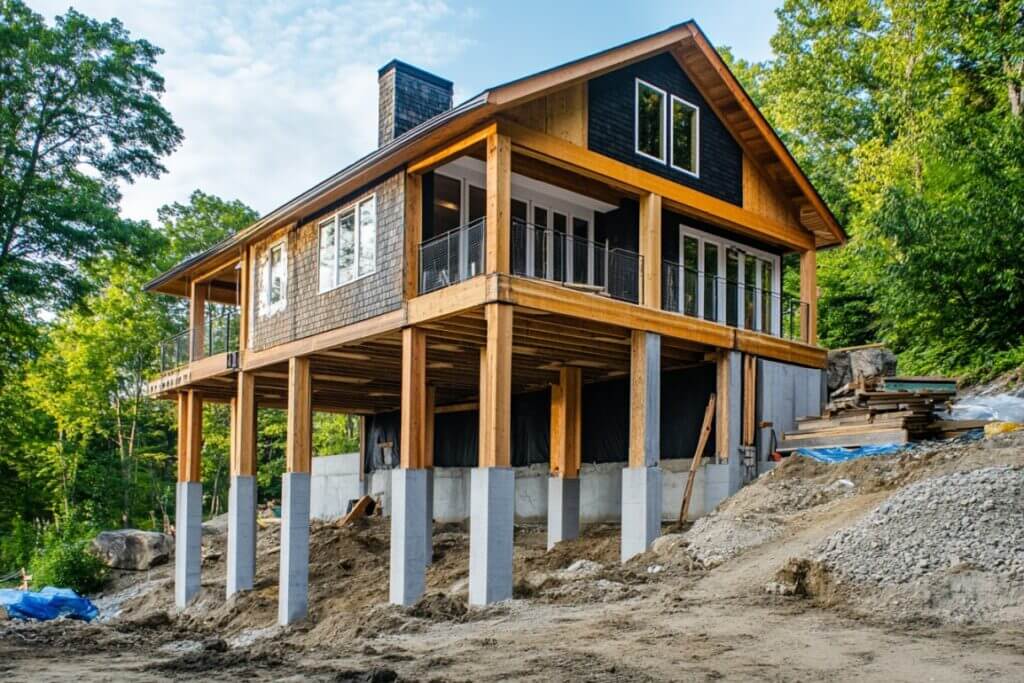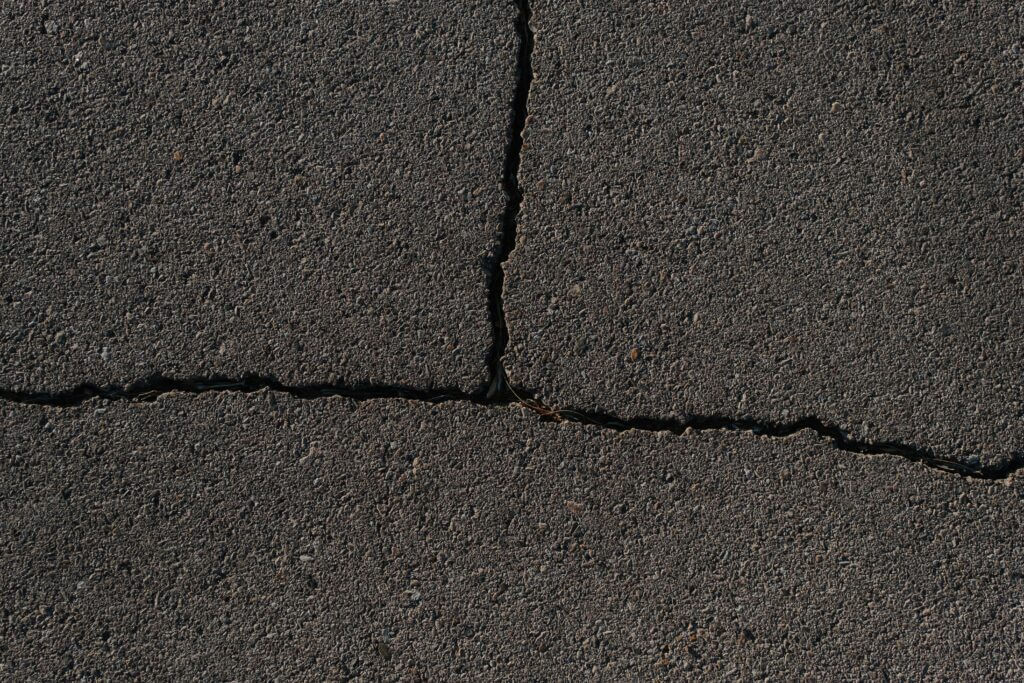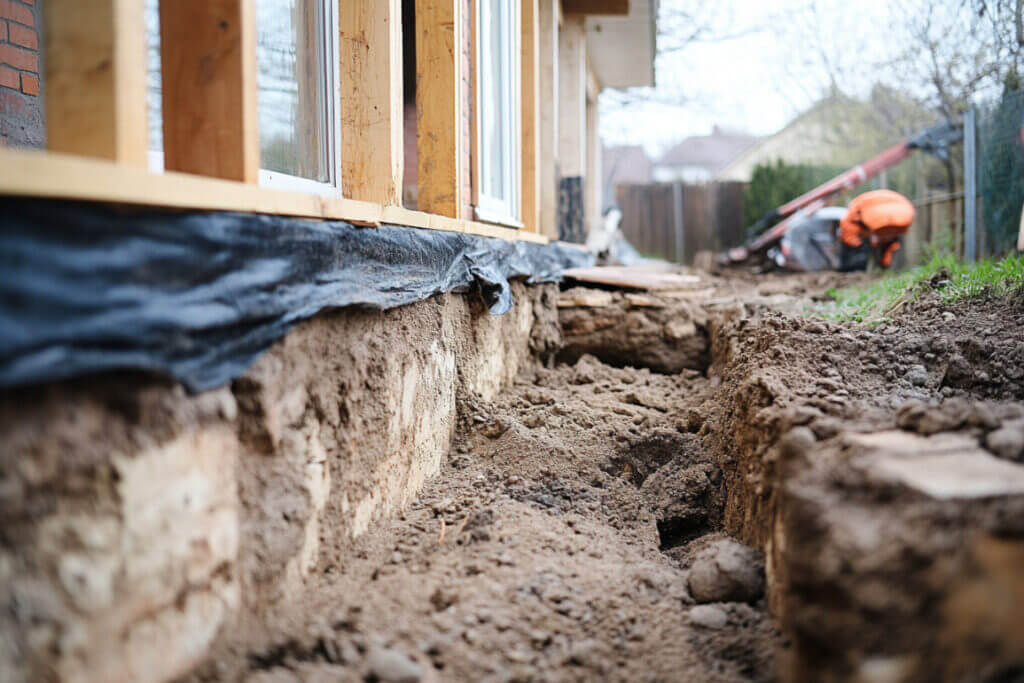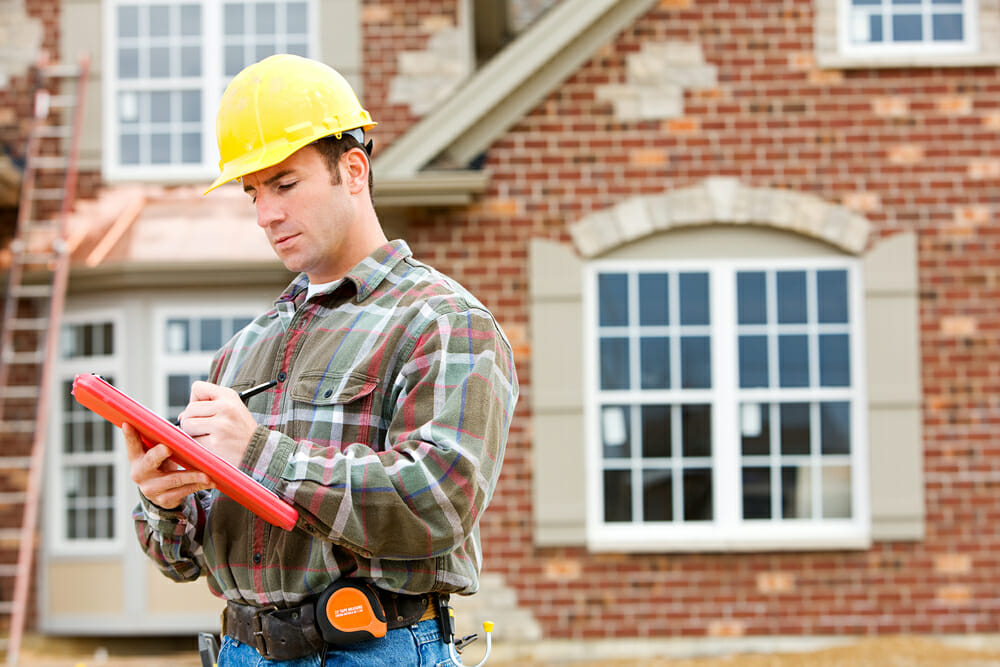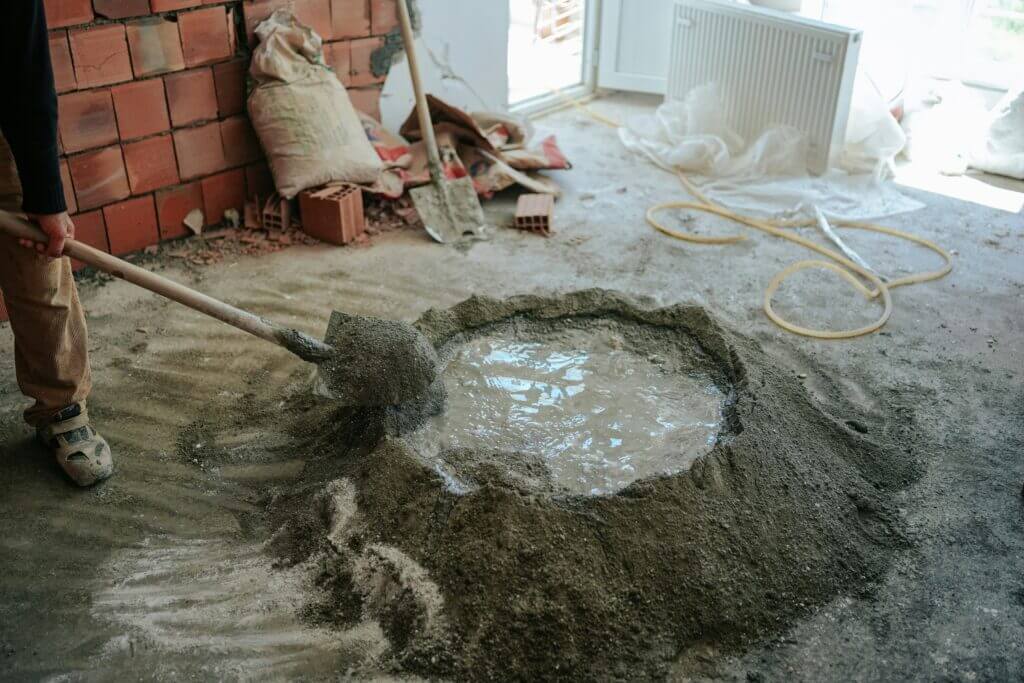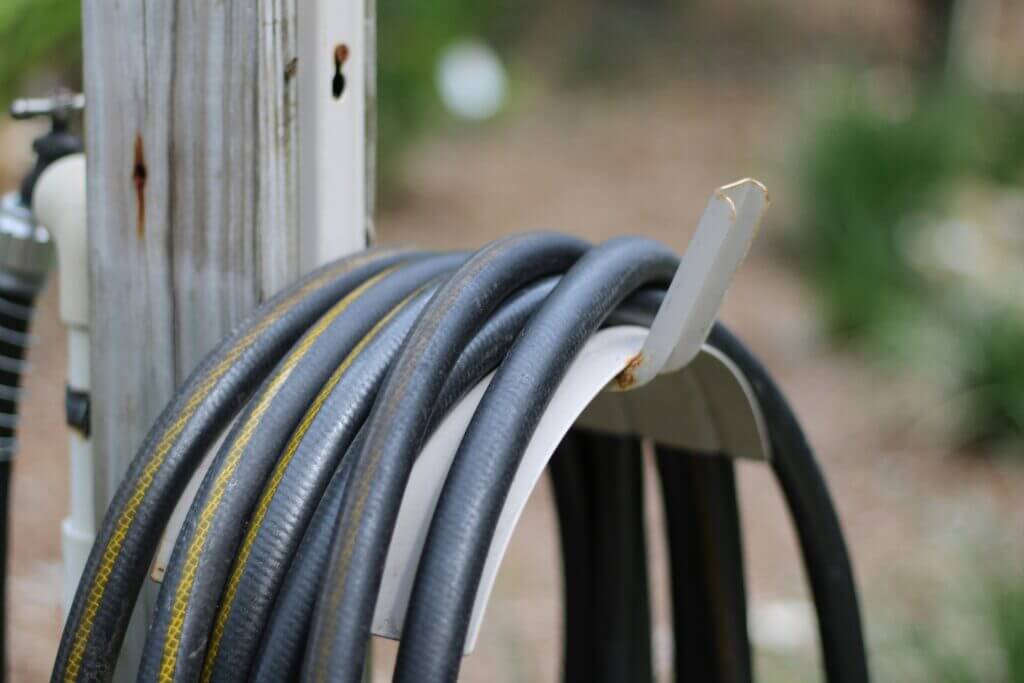Foundations: Repair and Replacement Services
A home’s foundation is critical to its structural integrity, providing stability and support. Whether due to shifting soil, water damage, or natural aging, foundation issues can pose significant risks if left unaddressed. Foundation repair and replacement services help homeowners maintain their property’s safety and value by addressing structural weaknesses, cracks, or deterioration.
What Is a Home Foundation?
A home foundation is the base structure that supports a house and transfers its weight to the ground. It is designed to prevent movement, resist moisture damage, and ensure the longevity of the building. Foundations are typically made from materials such as concrete, stone, or brick, chosen for their durability and load-bearing capabilities. The type of foundation used depends on factors like climate, soil conditions, and building design.
What Types of Foundations Are Available?
Different foundation types suit various climates, soil conditions, and structural needs. The choice of foundation plays a crucial role in a home’s stability, energy efficiency, and long-term durability. Factors such as soil composition, water table levels, and regional weather conditions determine the most suitable foundation type for a given property. Some foundations are better suited for colder climates where frost heave is a concern, while others are ideal for areas with high moisture content or expansive soils. The most common types include:
- Slab Foundation: A single, solid concrete layer poured directly on the ground, ideal for warm climates with stable soil.
- Crawl Space Foundation: Raises the home slightly above ground level, allowing access to plumbing and electrical systems.
- Basement Foundation: Provides additional living or storage space below the home and is common in colder climates.
- Pier and Beam Foundation: Uses piers to support the home above the ground, commonly used in areas with expansive or shifting soils.
- Poured Concrete vs. Block Foundation: Poured concrete offers seamless strength, while block foundations are built with concrete blocks stacked and reinforced.
Topics to Explore
How Do I Know if I Need Foundation Work?
Signs of foundation damage can be subtle or severe, often developing gradually over time before becoming noticeable. Structural shifts, moisture issues, and changes in soil conditions can all contribute to foundational problems, making early detection crucial to preventing further damage. Homeowners should look out for:
- Cracks in walls, ceilings, or flooring
- Doors and windows that stick or won’t close properly
- Uneven or sagging floors
- Gaps between walls and ceilings or baseboards
- Water intrusion or mold growth in basements or crawl spaces
If any of these issues arise, consulting a foundation professional is essential to assess the extent of the problem.
Frequently Asked Questions
Topics to Explore
How Is a Foundation Repaired or Replaced?
Foundation repair methods vary depending on the severity of the damage, the type of foundation, and the underlying cause of the issue. Early intervention can prevent further structural deterioration, saving homeowners from more extensive and costly repairs. Some repairs are minor and require quick fixes, while others involve extensive structural reinforcement or full replacement. Common techniques include:
- Sealants and Patching: Used for minor cracks to prevent moisture infiltration.
- Underpinning: Strengthens an existing foundation by adding piers or footings beneath it.
- Slabjacking (Mudjacking): Lifts a sinking foundation by injecting a grout mixture beneath the slab.
- Full Foundation Replacement: Necessary when damage is beyond repair, requiring complete removal and reconstruction.
Frequently Asked Questions
Topics to Explore
How Much Does Foundation Repair and Replacement Cost?
Foundation repair and replacement costs vary based on factors like damage severity, foundation type, regional labor rates, and accessibility. The complexity of the repair process, the materials required, and any additional structural reinforcements can also significantly impact the overall cost. Homeowners should obtain multiple quotes and consider long-term value when planning foundation repairs or replacements. On average:
- Minor Crack Repairs: $500 to $2,000
- Underpinning/Pier Installation: $1,000 to $3,000 per pier
- Slabjacking: $3,000 to $7,000
- Full Foundation Replacement: $20,000 to $100,000
Additional expenses may arise due to factors like site preparation, specialized materials, and the complexity of the repair or replacement process. To get the most accurate estimate for your specific needs, it’s recommended to schedule a professional assessment and obtain a personalized quote. Factors such as foundation type, extent of damage, and regional labor rates can all impact the final cost.
Topics to Explore
How Do I Choose a Foundation Contractor?
Choosing the right foundation repair contractor is crucial for ensuring quality work and long-term stability. The right contractor should have industry expertise, a solid reputation, and a commitment to customer satisfaction. When hiring a foundation repair contractor, consider the following:
- Experience and Certifications: Look for licensed and insured professionals with a strong track record.
- Customer Reviews and References: Research online reviews and request references from past clients.
- Warranty and Guarantees: Ensure the contractor provides warranties for labor and materials.
- Detailed Inspection and Quote: A trustworthy contractor will conduct a thorough assessment before providing an estimate.
- Permits and Compliance: Verify that the contractor adheres to local building codes and obtains necessary permits.
Frequently Asked Questions
Prevent Foundation Issues With Basement Waterproofing
Water intrusion is one of the leading causes of foundation deterioration. Basement waterproofing is a proactive measure that can help protect your foundation from costly structural damage. Excess moisture can weaken concrete, cause soil erosion, and create hydrostatic pressure that leads to foundation cracks and shifting. By implementing interior and exterior waterproofing solutions, homeowners can prevent these issues before they escalate.
Common basement waterproofing methods include:
- Interior Drainage Systems: French drains and sump pumps remove excess water from the basement, reducing hydrostatic pressure on foundation walls.
- Exterior Waterproofing: Waterproof membranes and proper grading help keep water away from the foundation, preventing erosion and water seepage.
- Crawl Space Encapsulation: Installing vapor barriers in crawl spaces helps control moisture levels and prevents foundation damage caused by excessive humidity.
Incorporating these waterproofing strategies into your home maintenance routine can extend the life of your foundation and prevent costly repairs.
Topics to Explore
How to Maintain Your Foundation
Proper foundation maintenance can prevent costly repairs. Key tips include:
- Regular Inspections: Conduct a thorough foundation check at least once a year. Look for cracks, uneven flooring, moisture accumulation, or signs of shifting. Catching issues early can prevent costly repairs.
- Control Water Drainage: Keep gutters and downspouts clean and properly positioned to direct water at least five feet away from your foundation. Poor drainage can lead to soil erosion and structural instability.
- Maintain Soil Moisture Levels: Extreme dryness or excess moisture can cause soil to expand or contract, leading to foundation shifts. Use mulch or a soaker hose to maintain consistent soil moisture.
- Repair Minor Cracks Early: Small foundation cracks may seem harmless, but they can widen over time. Seal them with an appropriate filler to prevent water infiltration and further deterioration.
- Monitor Tree Root Growth: Trees planted too close to a home can absorb moisture from the soil and cause foundation shifting. Trim roots and plant trees at a safe distance to avoid damage.
- Water Your Foundation: It may seem like something people tell you to test your gullible nature, but YES, you do need to water your foundation! Keeping the soil around your foundation properly hydrated can prevent shrinking and shifting. In dry climates, use a soaker hose to maintain consistent moisture levels.
Frequently Asked Questions
What to Do After Repairing or Replacing a Foundation
Repairing or replacing a foundation is a significant investment in your home’s stability and longevity. Proper post-repair care can help maintain the effectiveness of the work and prevent future issues. Homeowners should take proactive steps to ensure their foundation remains in good condition, from immediate inspections to ongoing maintenance.
Once foundation work is completed, homeowners should:
- Inspect the Work: Schedule a detailed walkthrough with your contractor to review the completed repairs. Look for any inconsistencies, incomplete areas, or remaining issues. Ask questions about the work done and ensure you receive documentation outlining the repairs.
- Review Warranty and Maintenance Guidelines: Familiarize yourself with the warranty coverage for labor and materials. Understand any conditions that may void the warranty and follow maintenance guidelines to maximize the longevity of the repair.
- Check for Structural Adjustments: Foundation work can shift your home’s structure, affecting door and window alignment. Inspect these elements and make any necessary adjustments, such as sanding down sticking doors or realigning windows.
- Monitor for Future Issues: Even after a repair, foundation movement may still occur. Watch for new cracks, gaps, or shifting floors and address small problems before they become major concerns. Keep a record of any changes to discuss with a professional if needed.
- Schedule Periodic Inspections: Have a foundation specialist inspect your home every few years to detect any early signs of deterioration. Regular check-ups help identify minor issues before they require major repairs, saving time and money in the long run.
By understanding foundation repair and maintenance, homeowners can take proactive steps to protect their property and avoid costly damage in the future. For more details on specific foundation types, repair methods, or hiring professionals, explore our in-depth guides on related topics.
Ready to get your project started?
Let us find the best foundations pros in your area, then easily request quotes, book a contractor, and get the job done. It's that easy.

Homeowner Resources
Here are the top articles that homeowners found useful when planning their foundations project and navigating the contractor hiring process.
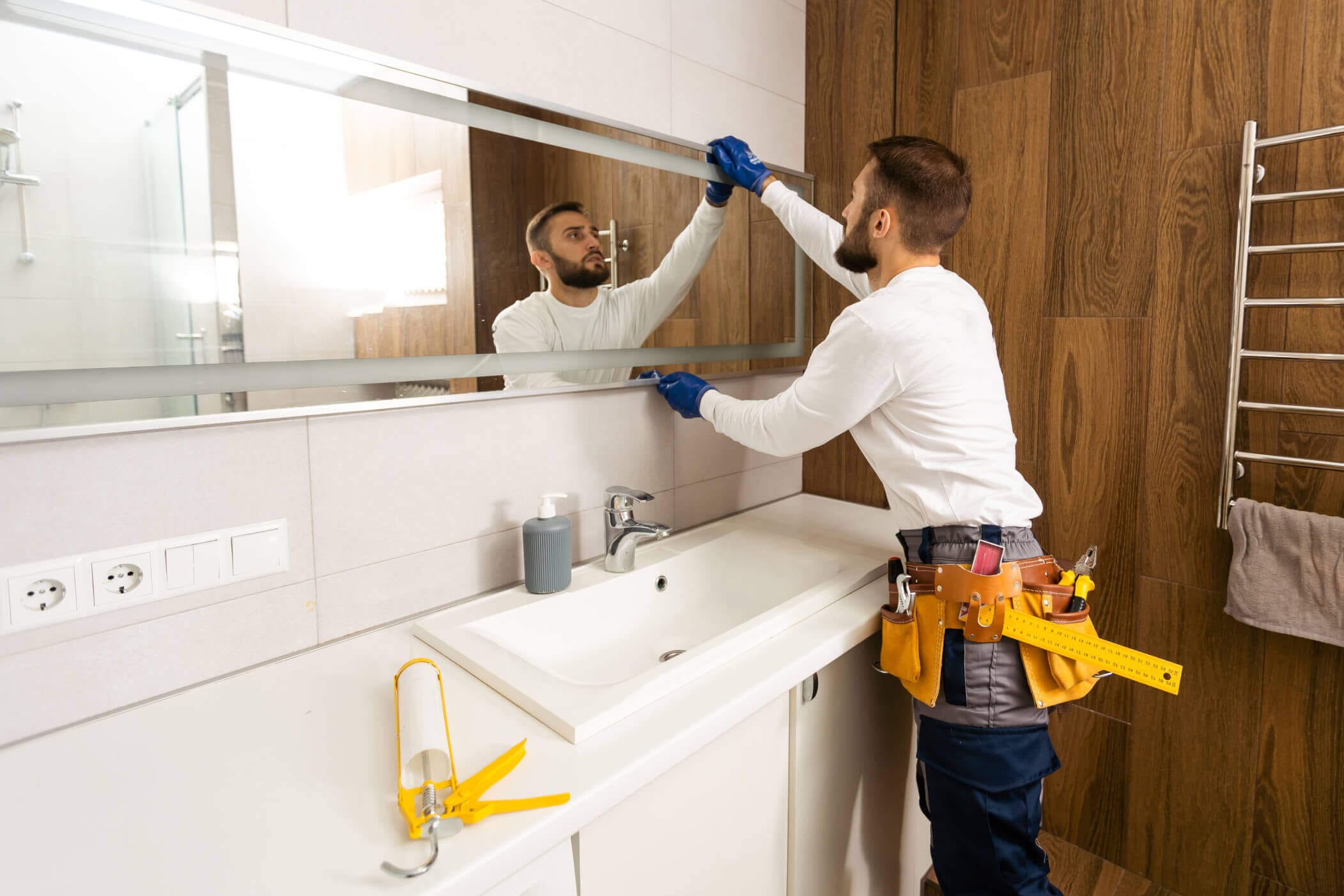
Real Stories, Real Success
See how our solutions empower homeowner projects and experiences.

